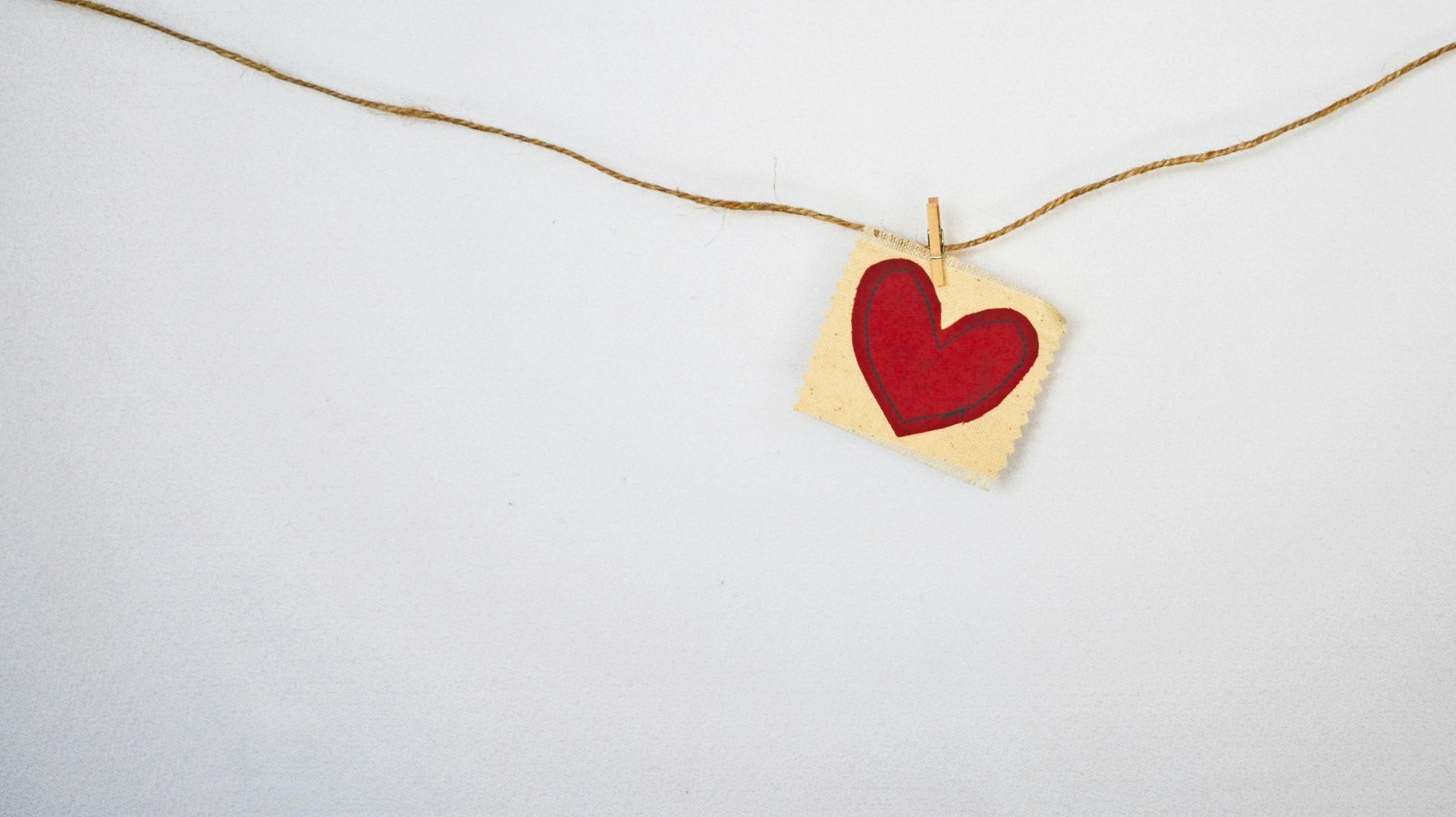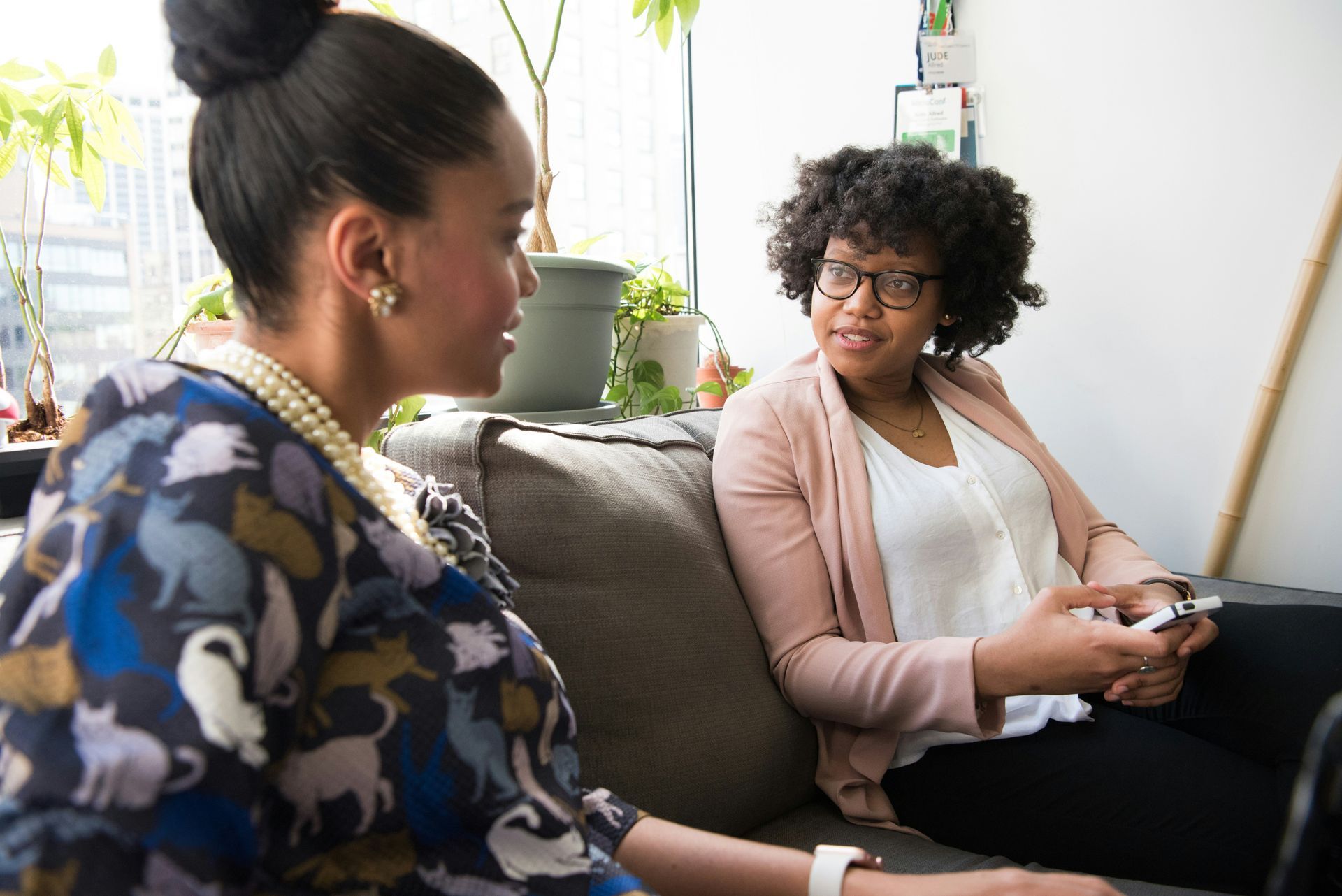My last blog made some links between being a therapist and being a gardener. My garden reflects the way I do therapy. I’ve never managed to plan a garden in the abstract. (I much admire those who can.) I work with what’s there now and plant around it. I tend not to slash and burn in the garden. I’ll work out from my Acer and see what will grow around it or underneath it. Given how much shade it produces, not much thrives beneath it. A few Arum lilies and some ivy. So I don’t do much here. Simply pull off the bindweed from time to time. Elsewhere in the garden I’m more active. I recently made a new bed and filled the space with dark purple geraniums. They still looked lonely so I added some low growing pink geraniums in front of them. It’s a work in progress, but I’m confident they will work well together. And so on over the length of the garden over 20 years. Adding some plants here, moving some there, creating new spaces.

I work in therapy in much the same way. I’m wary of patients who want to kill everything in their emotional garden. I explain to them that I don’t do “glyphosate therapy”. When we meet, I do an assessment of their current Soul garden. We look at what’s growing well. What has self-seeded and what is a weed, (You’ll know the definition of a weed. “A wild plant growing where it is not wanted.”) We all have plenty of those!) We’ll look at their feeling about their soul garden. How do they feel about it’s current state? Too many penstemons and not enough buttercups? Too many hydrangeas and not enough ferns? That’s useful information. My task is not to make a new garden according to my preferences – I have my own garden for this. My task, with my patient, is to think about their garden. If this plant is not thriving, why not? Is it in the wrong place? If we moved it to a sunnier place, would it thrive? Similarly this plant might not be doing too well because it needs to be in a more sheltered spot. The glare of full sun is too much for it.
 The gardens for Chelsea flower show need to look good for a few days. My patient’s gardens have to last much longer. I can’t import a few tons of top soil, some trees and a water feature. The work we do together needs to last long term. This requires preparation. Deep rooted weeds do need treating. Trees do need pruning and cutting back. Poor soil needs enriching. Acid loving plants won’t thrive in alkaline soil. Plants need a soil that nurtures them and suits their needs. The wrong soil is toxic. Heathers love an acid soil whilst lavender needs chalk. It’s about knowing what grows best in any given place.
The gardens for Chelsea flower show need to look good for a few days. My patient’s gardens have to last much longer. I can’t import a few tons of top soil, some trees and a water feature. The work we do together needs to last long term. This requires preparation. Deep rooted weeds do need treating. Trees do need pruning and cutting back. Poor soil needs enriching. Acid loving plants won’t thrive in alkaline soil. Plants need a soil that nurtures them and suits their needs. The wrong soil is toxic. Heathers love an acid soil whilst lavender needs chalk. It’s about knowing what grows best in any given place.
This observation from Liberty Hyde Bailey sums things up “ A garden requires patient labour and attention. Plants do not grow merely to satisfy ambitions or fulfil good intentions. They thrive because someone expended effort on them.”
Don't give up







